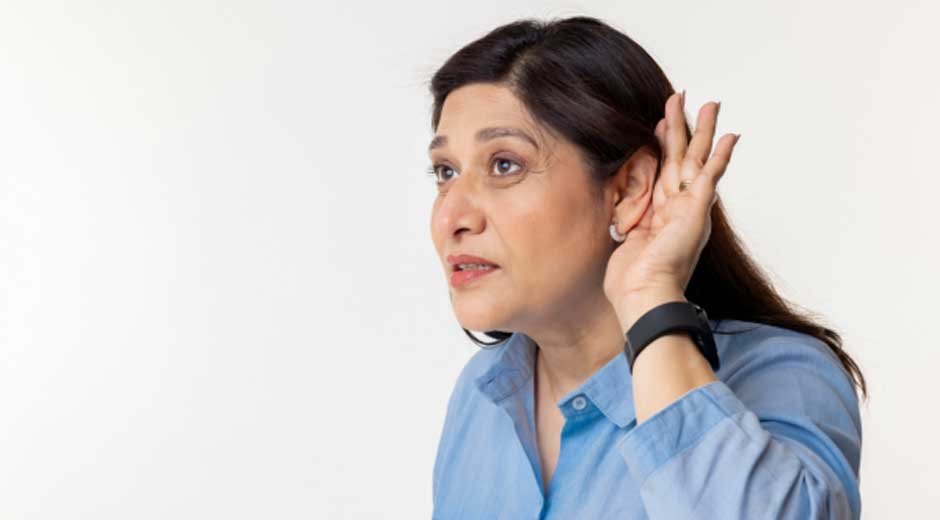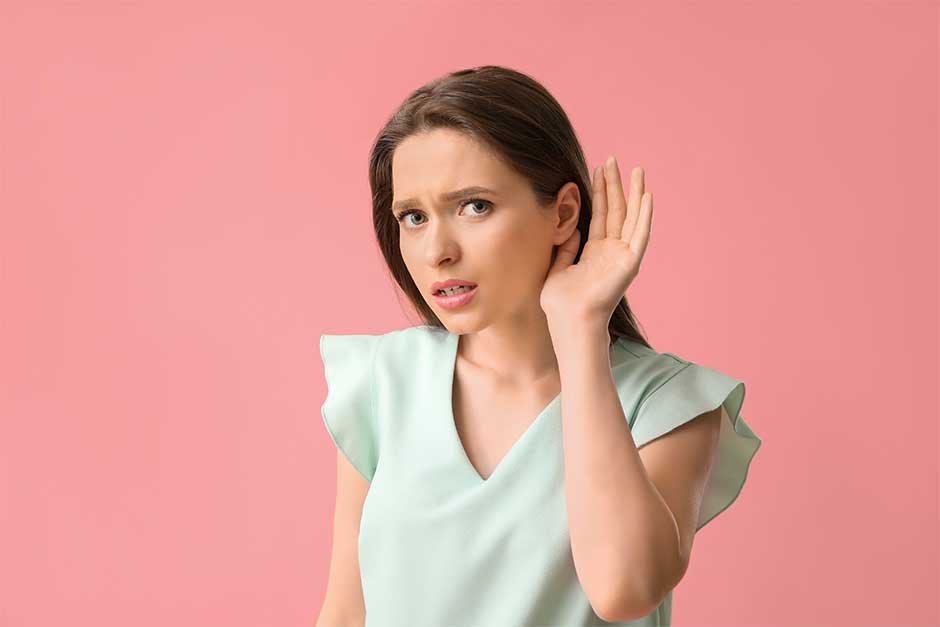Article by Hearing Partners, contributed by Jol Lie Teoh, Clinical Audiologist at Hearing Partners
Have you ever experienced pressure in your ears and heard popping sounds? This could be a result of Eustachian tube dysfunction. The Eustachian tube is a narrow passage connecting the middle ear to the back of the nose. It equalises pressure in the middle ear with the external environment and drains mucus from the ear.
When the Eustachian tube fails to open properly or stays open all the time, it may lead to symptoms like muffled hearing, ear pain, echo in your own voice or a feeling of fullness in the ear.
In this article, we’ll delve into the causes and symptoms of Eustachian tube dysfunction, explore potential treatments, and offer practical tips for managing this condition.
Types of Eustachian Tube Dysfunction
The Eustachian tube can experience dysfunction differently, leading to various symptoms and challenges. This section covers the three primary types of Eustachian tube dysfunction.
Patulous Eustachian tube dysfunction
In Patulous Eustachian tube dysfunction, the Eustachian tube stays open due to abnormal valve function. This condition may cause your voice or breathing to sound unusually loud in your own ears.
Obstructive Eustachian tube dysfunction
Obstructive Eustachian tube dysfunction occurs when the Eustachian tubes are physically blocked due to inflammation, mucus or swelling. As such, air pressure cannot equalise in the middle ear, causing ear pain and muffled hearing.
Baro-challenge-induced Eustachian tube dysfunction
Rapid changes in altitude or pressure trigger this type of Eustachian tube dysfunction. It usually happens when your Eustachian tube fails to equalise the pressure effectively due to the drastic difference in pressure inside and outside the middle ear. Some situations where this might happen include air travel or scuba diving, resulting in discomfort or pain in the ears and even eardrum perforation.
Symptoms of Eustachian Tube Dysfunction

Eustachian tube dysfunction can present with various symptoms affecting your hearing and overall comfort. Common symptoms include the following:
- A feeling of fullness or pressure in the ears
- Hearing loss or muffled hearing
- Ear pain or discomfort
- Tinnitus
- Balance issues or dizziness
- Popping or crackling sounds
Causes of Eustachian Tube Dysfunction
Understanding the underlying cause of Eustachian tube dysfunction is key to determining the most suitable treatment approach. Several factors can contribute to this condition, including:
- Allergies
- Sinus infections or colds
- Otitis media
- Nasal congestion
- Enlarged adenoids
- Changes in altitude or pressure
- Cold or flu
- Chronic acid reflux
- Structural abnormalities in the Eustachian tube
- Nose cancer
Diagnosing Eustachian Tube Dysfunction
To diagnose Eustachian tube dysfunction, an Ear, Nose and Throat (ENT) specialist will take a detailed medical history and perform a physical examination of your ear, nose, and throat. Additional diagnostic tests may also be conducted to gain a clearer understanding of the condition. In particular, hearing tests are used to determine if your hearing has been affected and tympanometry tests measure the movement of the eardrum to identify any pressure-related issues in the middle ear.
Eustachian tube function test is also available in some hearing clinics like Hearing Partners. It assesses the Eustachian tube under different pressure-induced conditions and checks for a patulous Eustachian tube. This test can also be done on individuals with perforated eardrums.
Treatment for Eustachian Tube Dysfunction
Depending on the severity and cause, there are several ways to manage and treat Eustachian tube dysfunction. In this section, we share three common methods for treating the dysfunction.
Medications

Antihistamines and nasal sprays are commonly used to address allergies or inflammation contributing to Eustachian tube dysfunction. For conditions caused by infections, antibiotics may be needed to relieve symptoms. Over-the-counter pain relievers could also reduce discomfort associated with the blockage.
Additionally, oral or nasal decongestants can reduce swelling in the nasal passages and Eustachian tube, improving airflow. This may be helpful for individuals who have trouble equalising ear pressures on a flight. Certain medications may worsen congestion, so consult an ENT doctor for appropriate advice and treatment.
Ear tubes
Ear tubes or grommet tubes are small tubes that may be surgically inserted into the eardrum for persistent or severe cases of Eustachian tube dysfunction. Also known as tympanostomy, this procedure facilitates ventilation and drainage of the middle ear.
During the surgery, the doctor will create a small incision in your eardrum to access the middle ear. Any trapped fluid is carefully drained or suctioned out. An ear tube is then inserted into the incision, providing a pathway for fluid to drain and maintaining proper ear pressure.
The ear tubes are often a temporary measure. As the eardrum sheds and heals, the tubes get dislodged and exit the ears with earwax.
Balloon dilation
Balloon dilation, a minimally invasive surgical procedure, may be recommended for those experiencing chronic Eustachian tube dysfunction. In this procedure, an endoscope with a deflated balloon catheter is inserted into the Eustachian tube through the nose. Once the tube balloon is in the right position, it will be inflated for about 2 minutes before being deflated and removed.
FAQs About Eustachian Tube Dysfunction
Can Eustachian tube dysfunction go away on its own?
Eustachian tube dysfunction often resolves naturally, especially if caused by a temporary condition like a cold. However, if symptoms persist, treatment may be needed.
How long does Eustachian tube dysfunction last?
Eustachian tube dysfunction typically takes one to two weeks to resolve. However, it can persist for weeks or months in chronic cases. If your symptoms last more than two weeks, we highly recommend consulting an ENT doctor or audiologist.
What are the complications of Eustachian tube dysfunction?
Chronic middle ear infections can occur due to Eustachian tube dysfunction as fluid accumulates in the middle ear. In rare cases, hearing loss and permanent damage to the eardrum and middle ear develop as complications.
Can I prevent Eustachian tube dysfunction?
While it isn’t possible to prevent Eustachian tube dysfunction, you can reduce the risk of it happening by:
- Managing allergies
- Wearing earplugs during altitude changes (e.g. when on airplanes)
- Staying hydrated
- Treating any nasal congestion promptly


